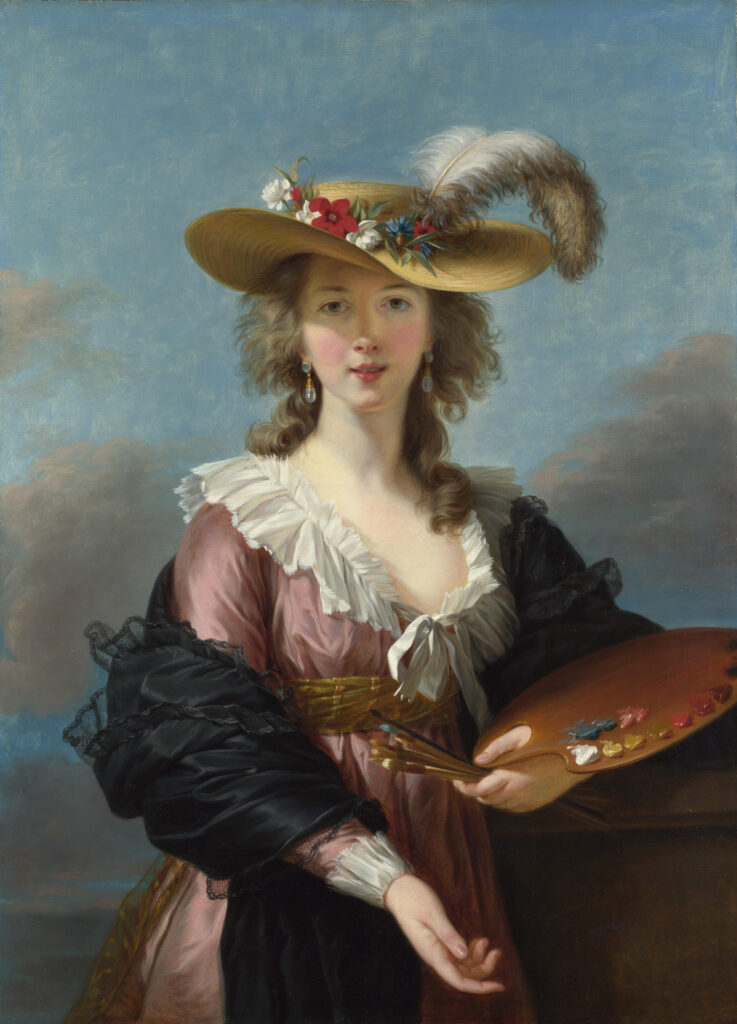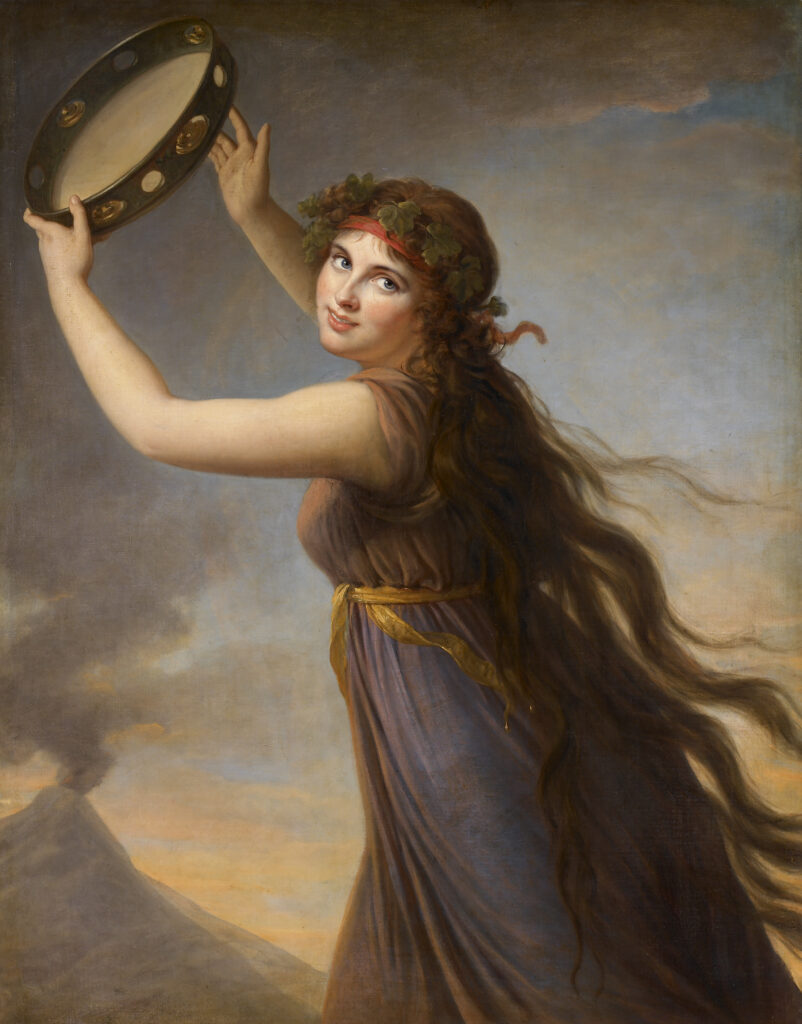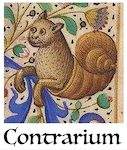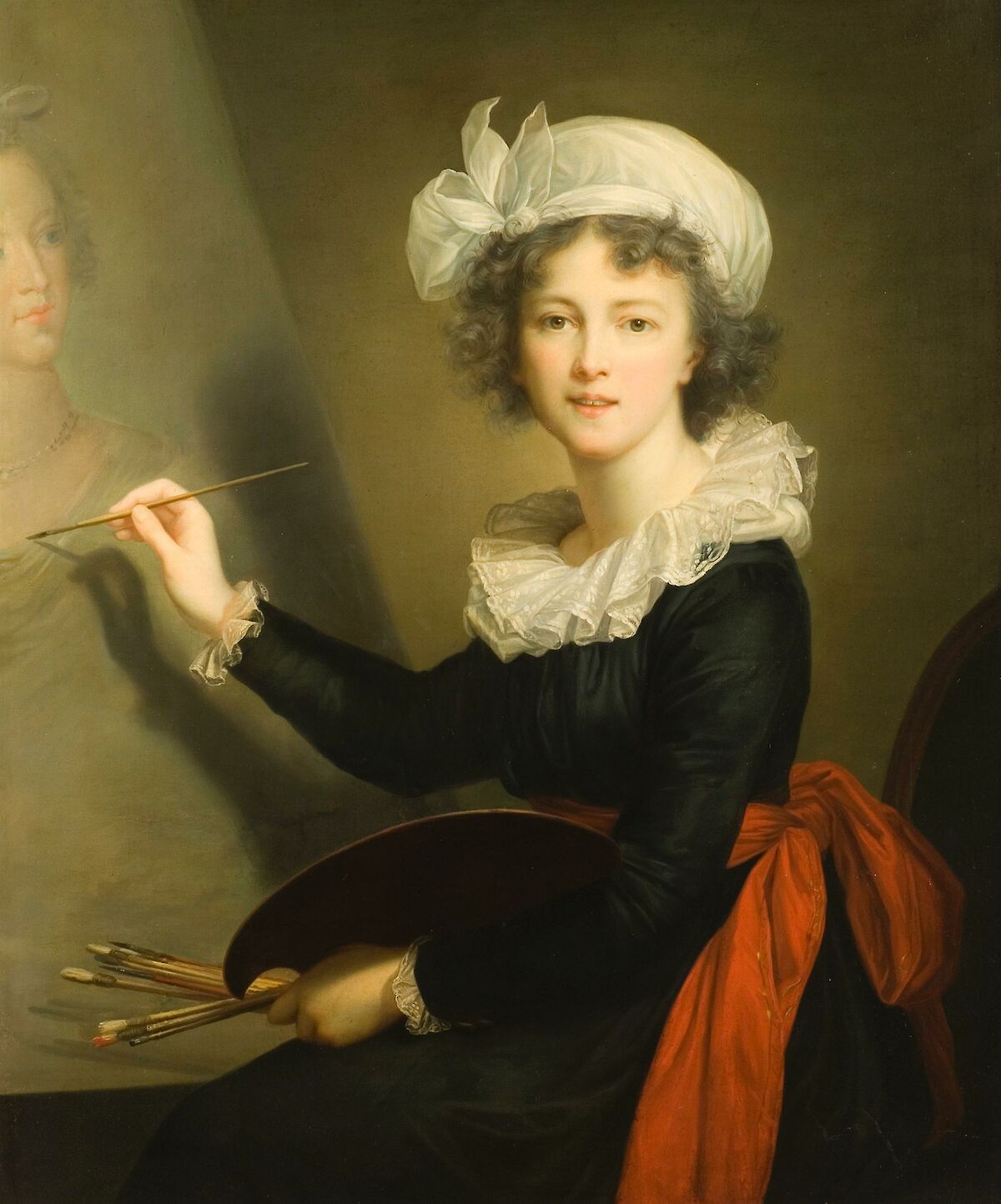Traveling with Vigée Le Brun
As the world moves closer to WWIII for reasons no sane man can understand, I prefer for the moment to write about travel.
I am still reading Vigée Le Brun’s memories about her travels in Italy, and finding them pretty interesting. But then again, I usually like to read diaries or travel journals, even by relatively unknown or obscure people, and especially if they are from a different period. They provide a window into a different time.
You can find here a version in English translated by Lionel Strachey, who was the brother of the more famous Lytton Strachey from the Bloomsbury circle. (I tried to find more info about Lionel, but all I could find was that he was tragically killed by a train). Be aware however that this translation seems to be a reduced version as it does not contain all the chapters that the one in French does.
This being the 18th century, all the traveling was done in coaches pulled by horses, when not by mules or simply walking, but we don’t hear any lamentations from Mme Le Brun. At least she didn’t have to worry about TSA patting or faulty Boeing planes.
In fact, what is particularly nice about Le Brun’s souvenirs is that she is usually very cheerful. She can’t stop raving about Italian landscapes and Italian music and Italian artists, and she meets and talks to lots of interesting people on the way. She can be a bit snobbish but not as much as you’d expect. Her major complaint is about how hard it is to find an apartment in Rome that is not noisy.
I guess some people like traveling, and some don’t. I remember reading years ago a book by V. S. Naipaul about Argentina. The guy was always complaining, and couldn’t find a single nice thing to say about the country. Not even dulce de leche! Next time, buddy, maybe stay home?
It’s like that classic cartoon of two people riding the same bus, but the one on one side sees a gloomy rock wall, and the one on the other side sees a beautiful sunny landscape.
In fact, Vigée Le Brun has exactly this experience as she rides in a coach from Rome to Napoli. She sees a beautiful pastoral landscape filled with sheep and exclaims that it would make a wonderful painting. His traveling companion (a Frenchman married to Voltaire’s niece) replies: “They’re all dirty with dung. The English sheep, those are the ones you should see”.
Then she points to a group low clouds in the horizon coloured by the setting sun and leaning against the Appenines, exclaiming how beautiful it all is. Her companion replies: “The only thing those clouds tell us is that it’s going to rain tomorrow”. From then on, she just ignores her companion, whom she nicknames “éteignoir” (killjoy).
Of course, one advantage that Le Brun has is that she is very sociable and extremely well-connected. Wherever she goes, she meets all the local ambassadors, counts and duchesses, as well as several French emigré (understandably, there were many abroad at that time, as heads were rolling in France).
Sometimes I wish people more would read my travel articles, but being an introvert and not particularly well-connected with the upper classes, I rarely meet other people except tourists, proles or local bums at cafes. But, instead of someone like, say, Linh Dinh, who manages to extract from them wonderful or bizarre stories, I usually prefer to leave them on their own.
And yet, descriptions of places or events only take us so far. It is meeting and talking to people who provides most of the interest in travel writing.
Lady Hamilton
One of the interesting people Le Brun meets in Napoli is Lady Hamilton. There are different versions of her life, some of them contradicting others, but let us follow Vigée Le Brun’s account.
Born to a hairdresser and a sailor, she started to work as a maid but soon lost her job and would soon have become some sort of lower class prostitute if she had not discovered a very particular talent: she was neither actress nor painter, but she could be a very expressive model. After being discovered by the celebrated painter George Romney, she became a sort of celebrity herself.
Apt as well at social climbing, soon she became the lover of a succession of rich men who, however, didn’t keep her for long. She was supposed to marry Charles Greville, a rich antiquarian, but ended up marrying her older uncle instead, Lord William Hamilton, who was even richer and lived in Napoli as an ambassador. This is where Le Brun meets her and paints several portraits of her.
Lady Hamilton remained nominally married to Lord Hamilton until he died, but the real love of her life was Lord Nelson, the famous English admiral who defeated Napoleon in the Battle of Trafalgar. Everyone, even Lord Hamilton, knew that Nelson was her lover. (Vigée Le Brun’s meets her again later in London and doesn’t buy her sadness at having recently becoming a widow).
I haven’t seen Le Brun’s several portraits of Lady Hamilton, but I managed to see Vigée Le Brun self-portrait which is still hanging on the Ufizzi Gallery in Florence. It is very nice. While not reaching the heights of her beloved Raphael and Correggio (bur who has?) she was a talented painter alright.
Russia
Interestingly, after leaving Italy Vigée Le Brun ended up in Russia, where she lived for several years, mostly in Saint Petersburg. She has a surprisingly positive view of Russia and the Russian people. (I say surprisingly because it doesn’t seem the usual Western European view, either back then or now.)
She even says at one point that Russians rarely drink and that she never saw a drunk Russian, which makes me doubt of her powers of observation. Then again, I suppose she lived mostly among the upper classes and exiles in Czarist Russia, so who knows.
She leaves Russia shortly after her daughter marries Gaëtan Bertrand Nigris, a Frenchman who works in Saint Petersburg, a marriage she doesn’t approve. She might have been right: the couple divorce just a few years later after and the daughter returns to France, but she never fully reconciles with her mother. She dies in poverty at only 39 years of age.
After further periods of exile in England, Switzerland and the Netherlands, Vigée Le Brun returned to France definitely in 1809. She died in 1842 at 86 years of age. Her Souvenirs were written and published in 1835. Besides her self-portrait hanging in the Uffizzi Gallery in Florence, she has many works in the Metropolitan Museum of Art in New York and in the Louvre. During her life, she painted more than 600 paintings, mostly portraits.



